What is the difference between Pilates Mat and Pilates Reformer?

Mat and Reformer are both based on the work of Joseph Pilates, who also invented the Reformer itself. For most Pilates fans, it’s not a question of choosing one or the other. They complement one another beautifully.
The Mat
The Mat work is the true foundation of Pilates. Originally consisting of 34 exercises, Pilates Mat work has spawned endless variations as the practice has grown more popular. You’ll still see the bones of the original work in most of the variations.
Mat work is the most accessible of the Pilates repertoire. No special equipment is needed other than a soft, supportive surface, and the initial investment tends to be small. That’s why Pilates Mat classes have become a staple offering at health clubs, fitness studios, and resorts. In addition, Mat work is endlessly adaptable to all fitness levels and all life stages. It’s also familiar. Most of us have been on a Mat before, either in a yoga or fitness class or way back in a physical education class in school. As a result, with Mat work, there isn’t the intimation factor that can keep people from getting on a Reformer for the first time.
While it’s easy to get started with the Mat work, the exercises themselves are quite challenging, especially for beginners. The main difference between Mat and Reformer is that on the Mat, you use only your own body weight as resistance. There’s no footbar, springs, or straps to push or pull against.
The Reformer
The Reformer consists of a flatbed, called the “Carriage,” that lies atop a metal or wood frame. When mounting the Reformer and lying down on one’s back with one’s head supported by a headrest and feet resting on a bar at the end of the frame, the first impression is “I might just settle in for a nap. How hard can this be?” That’s quickly dispelled. Underneath the carriage lies a series of springs and pulleys that control the resistance. That resistance makes the Reformer a very efficient form of exercise. While resistance training may conjure images of bicep curls or deadlifts, on the Reformer all of the muscles work against the resistance in concert. True to Joseph Pilates’ ideals, the Reformer works the muscles in a balanced way, neither under nor over-training any of them.
Unlike the Mat, Reformer Pilates is done on an elevated surface. Depending upon the exercise, you might be standing on the Reformer, several feet off the ground, balancing on one leg with your other foot perched on the footbar.
While the Reformer and Mat are separate animals, they share a genetic DNA that is evident in the similarity of the exercises. Some exercises can be done on either piece of equipment, like the hundred or leg circles. Another similarity is that both classical Mat and Reformer work is often done in a set sequence devised by Joseph Pilates.
Sources: Pilates Any Time
Recent Posts
Related Articles
15-Minute Morning Yoga Workout
With the hustle and stress of daily life, it’s essential to find...
August 7, 2023Pilates – Effective Training in 15 Minutes
Certainly, you’ve heard about Pilates and its benefits for health and well-being....
August 7, 2023The meaning of Om in Yoga
Om is a very simple sound with a complex meaning. It is...
June 19, 2023Pilates Reformer for rehabilitation
The pilates reformer for rehabilitation is an equipment used to incorporate Pilates...
June 19, 2023
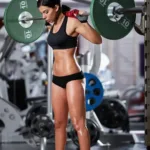

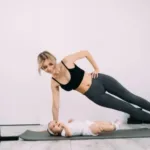
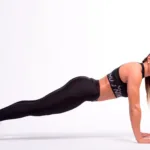











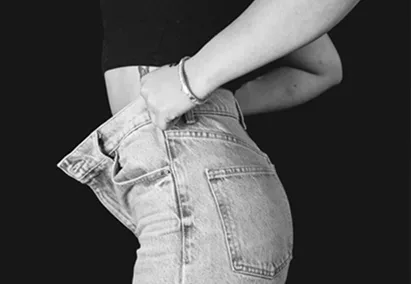




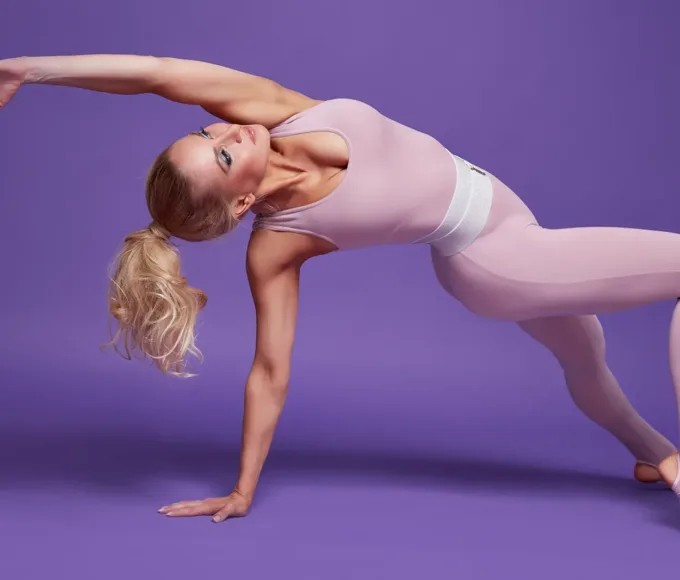
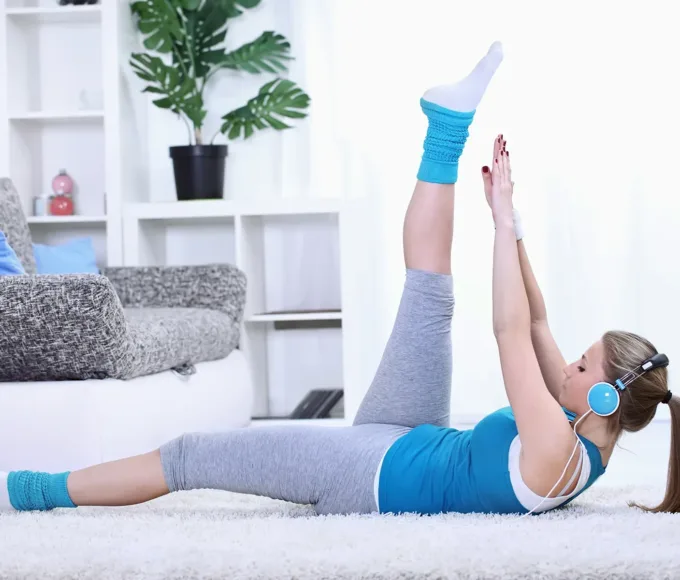
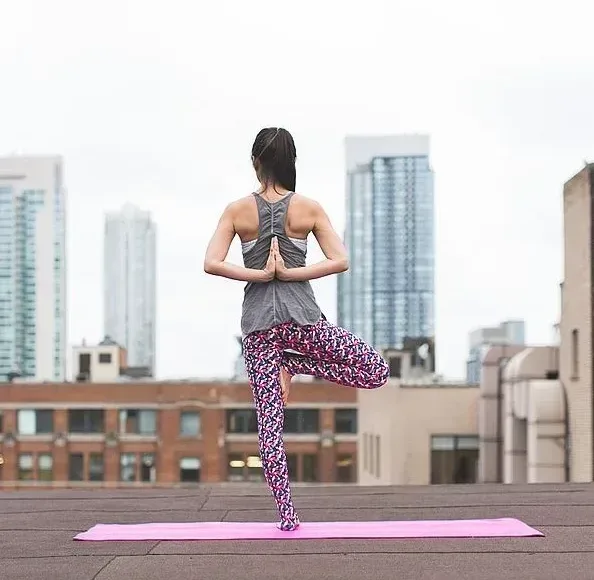
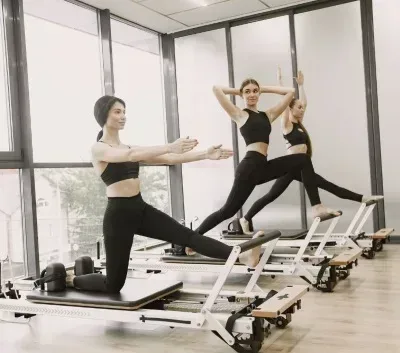
Leave a comment